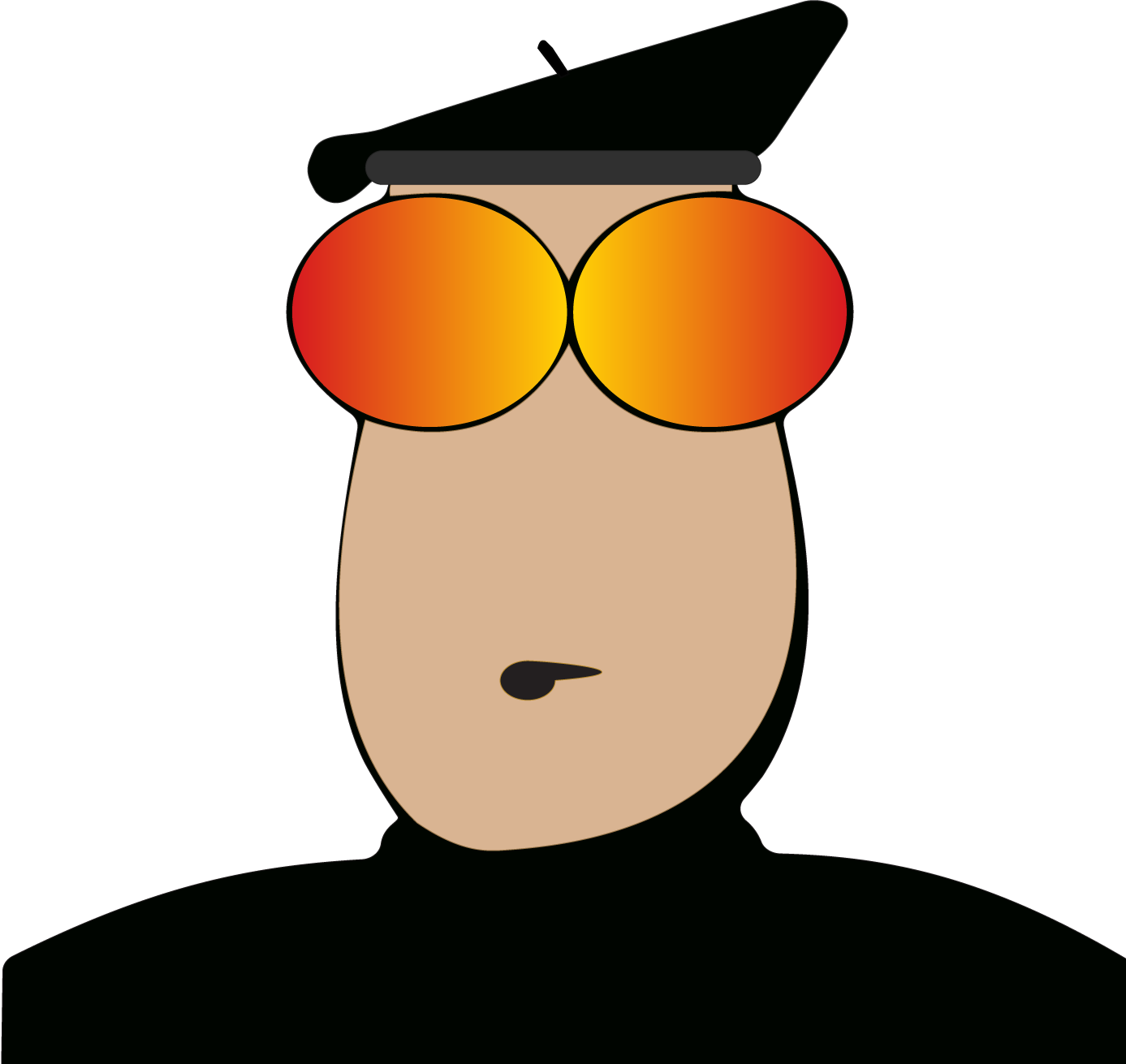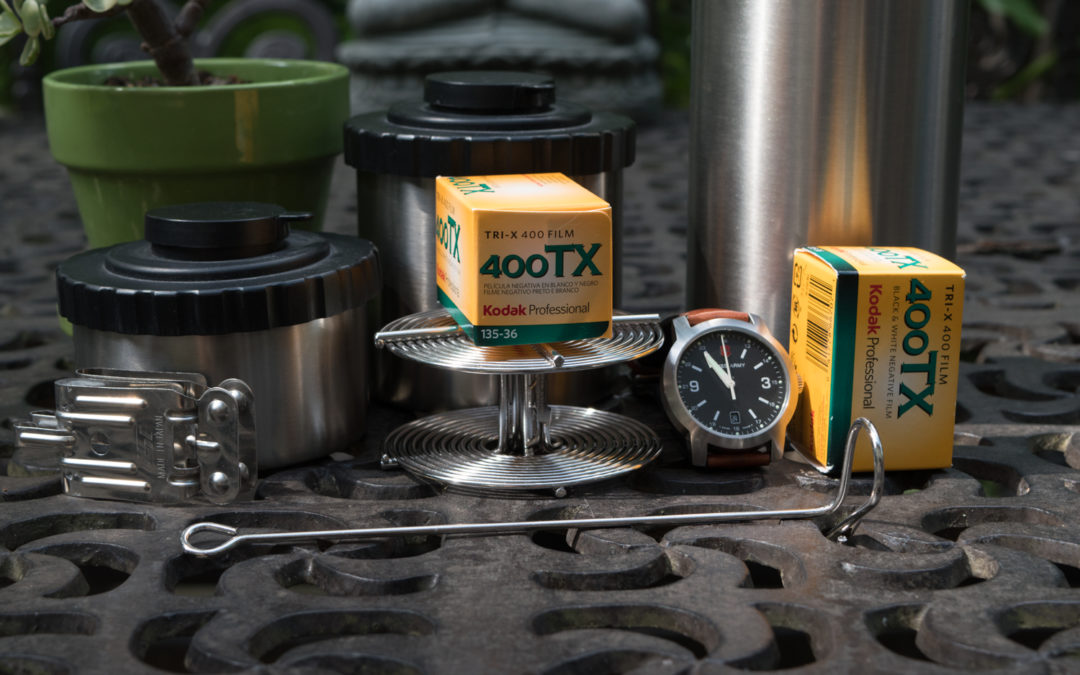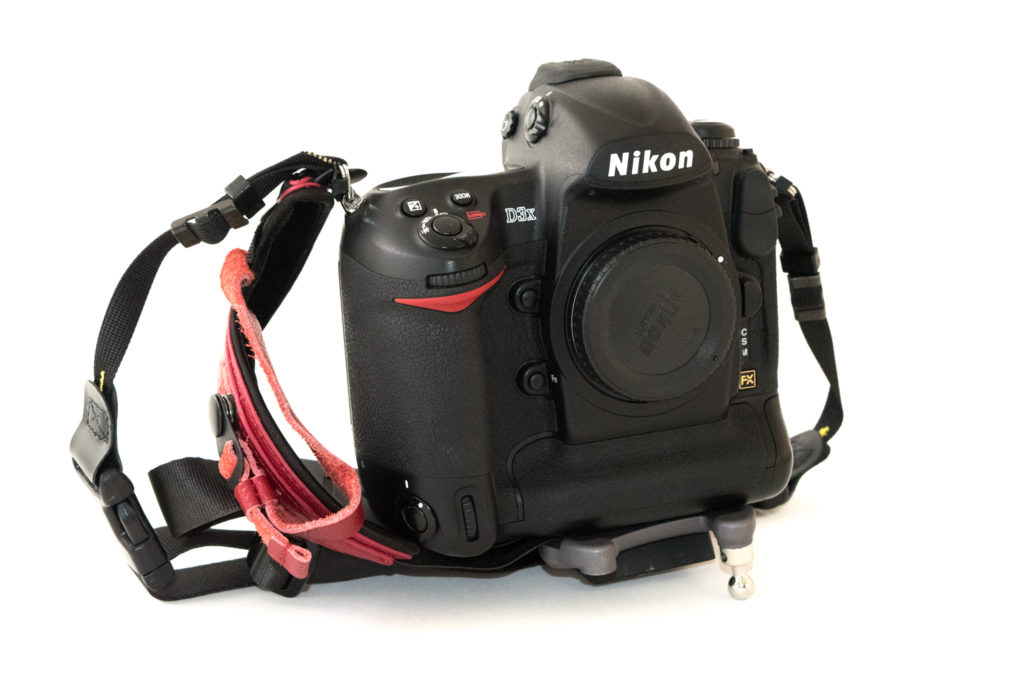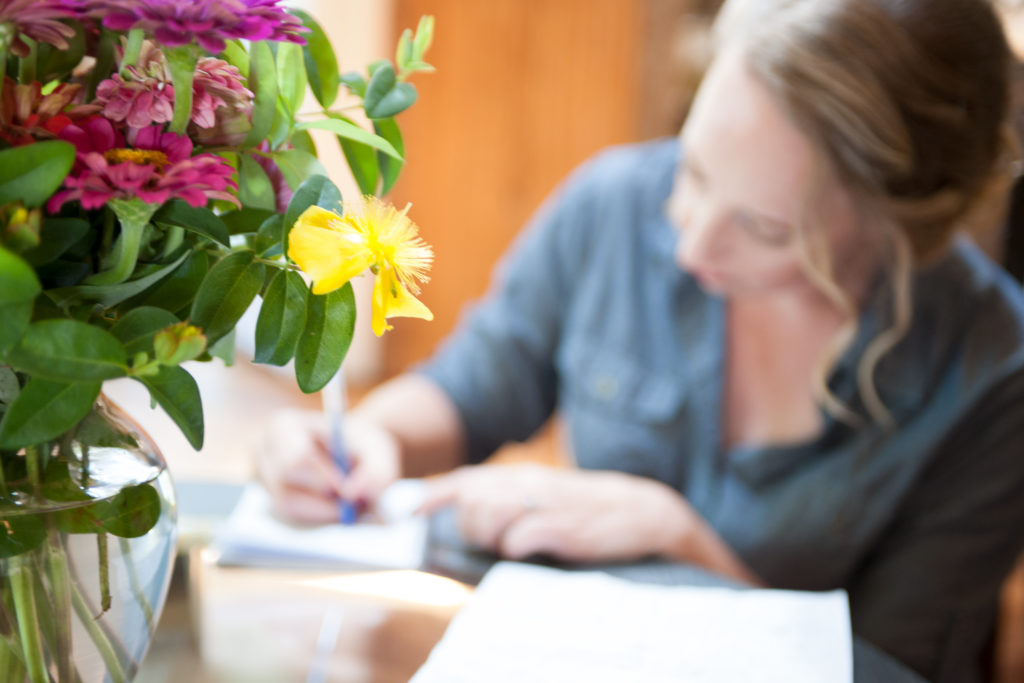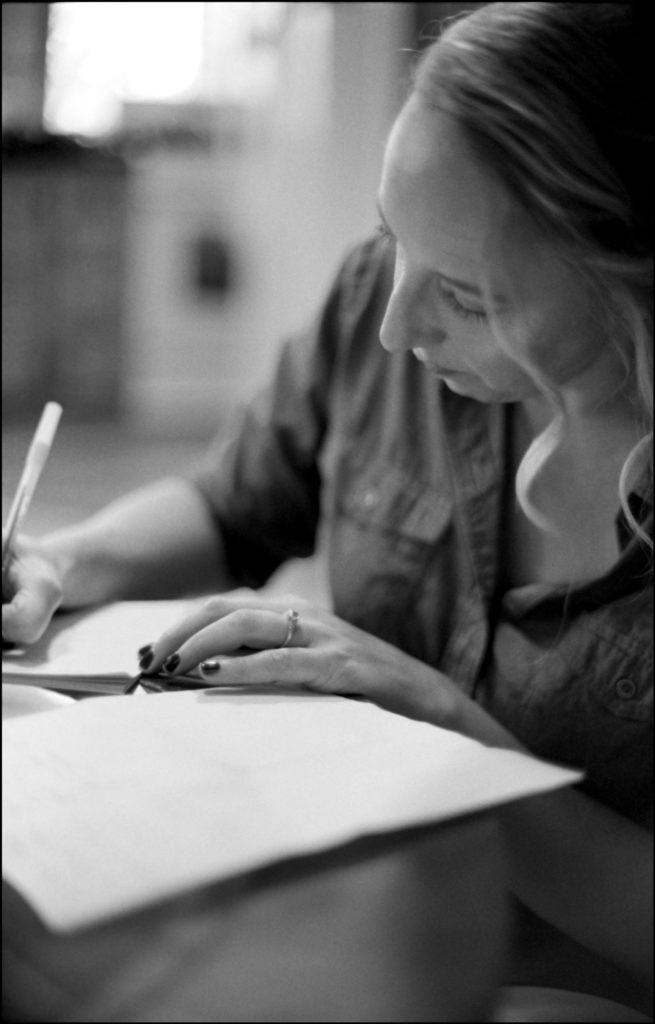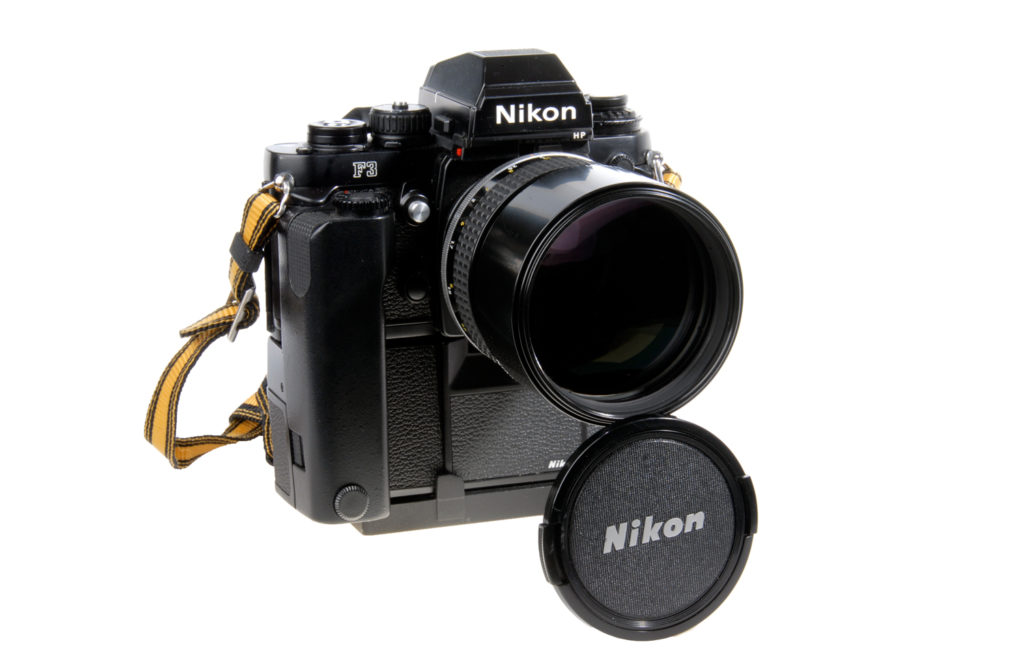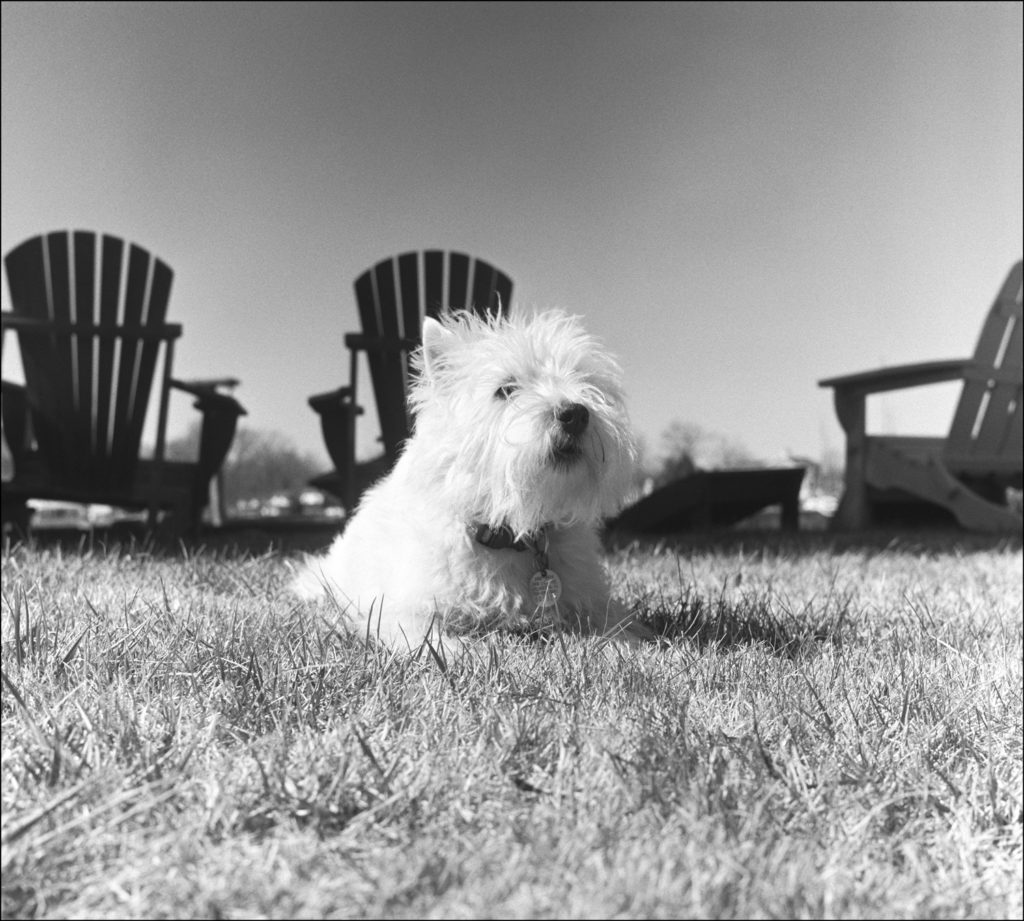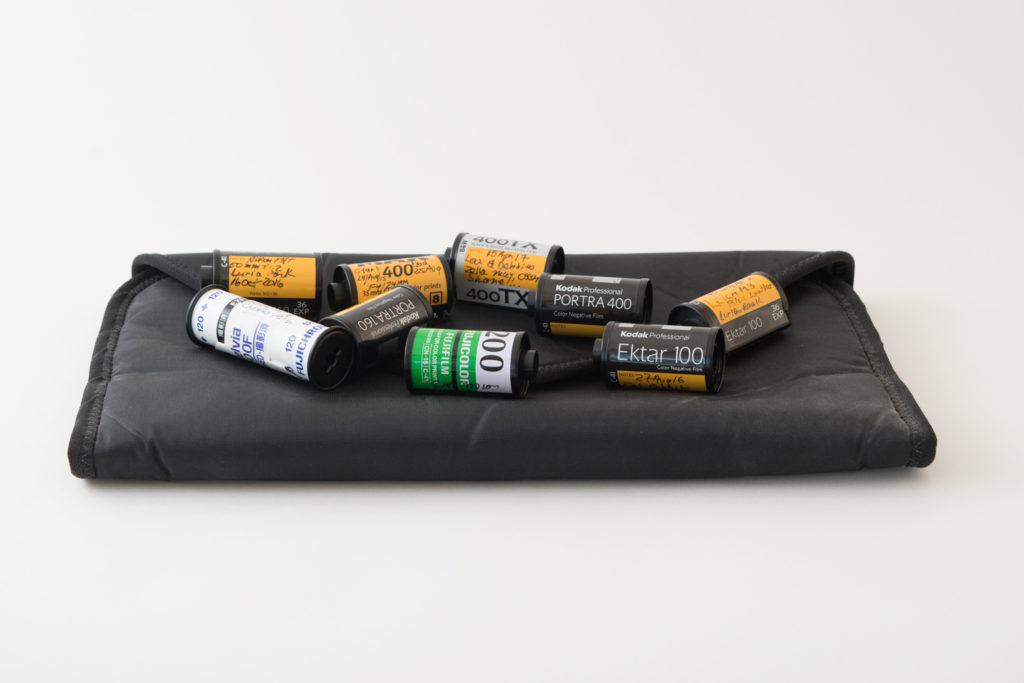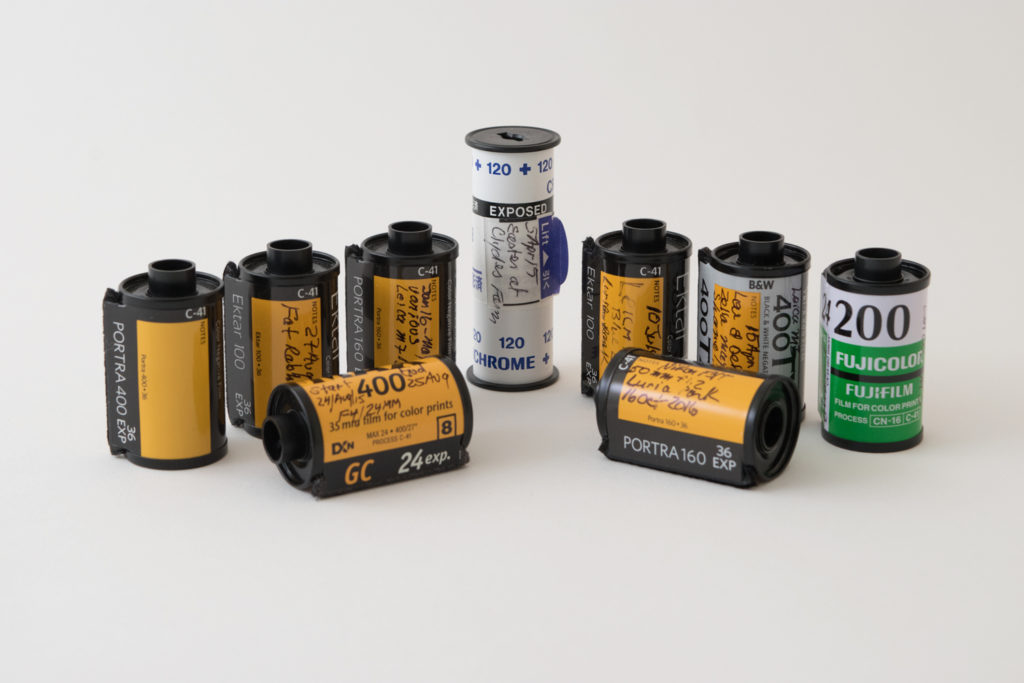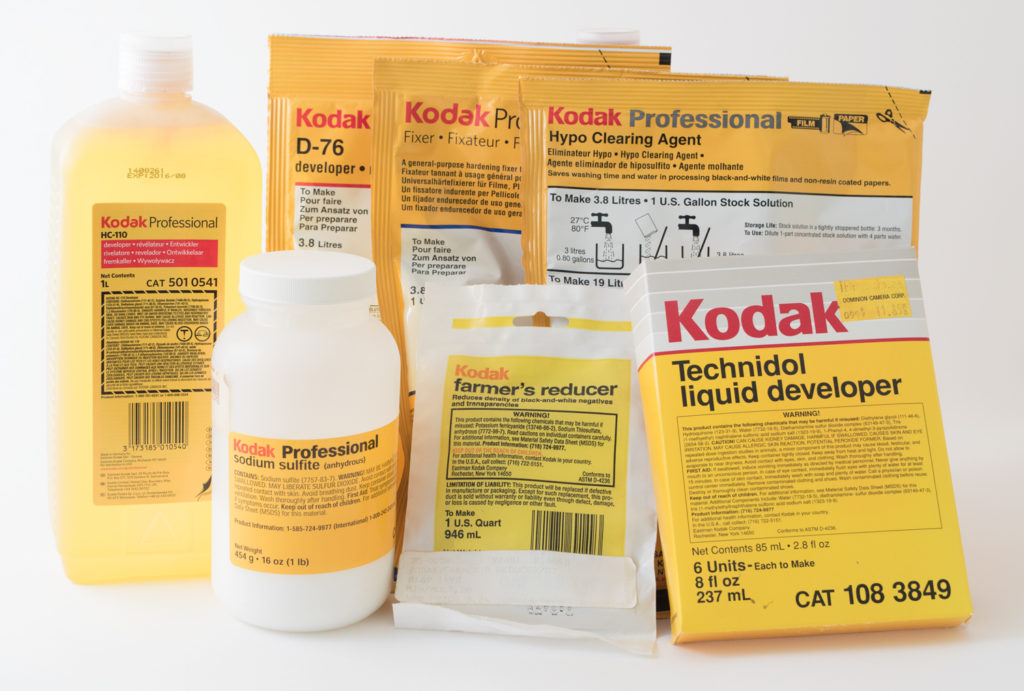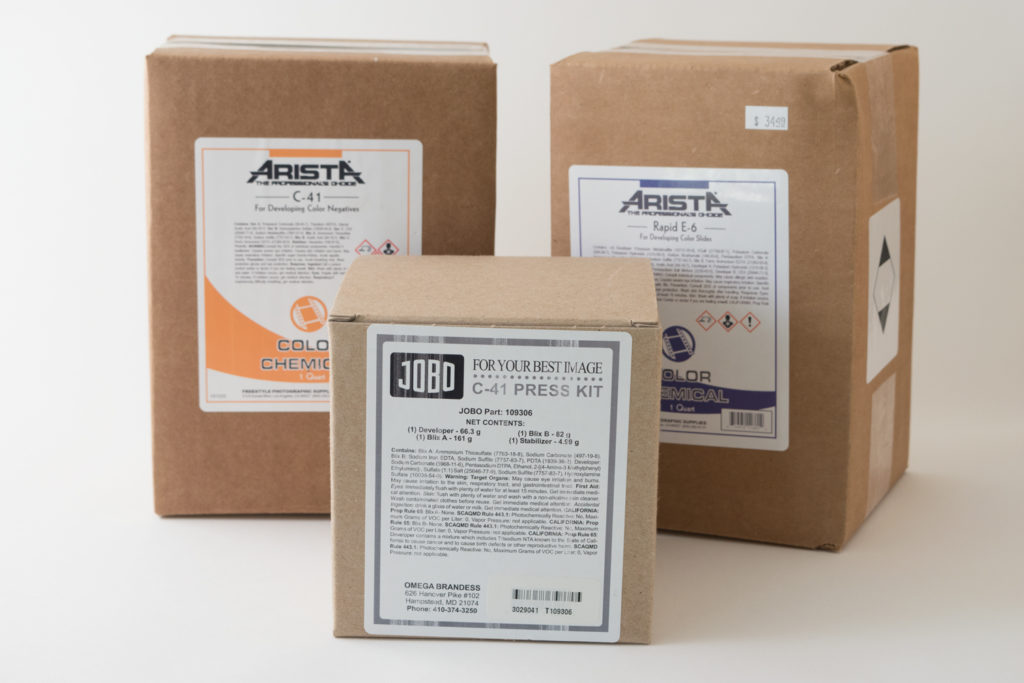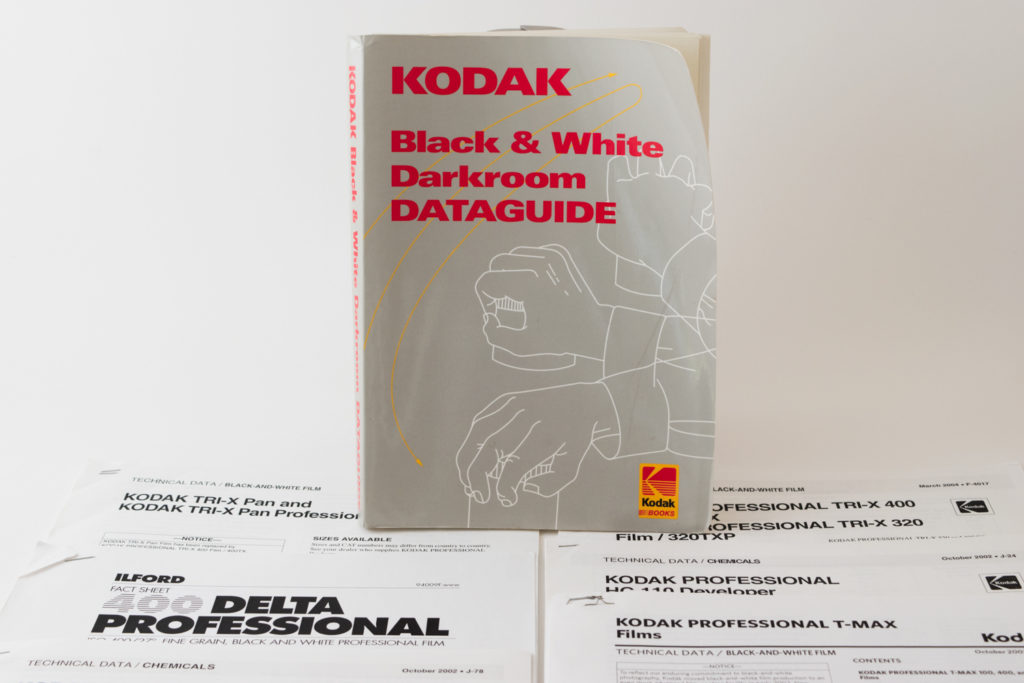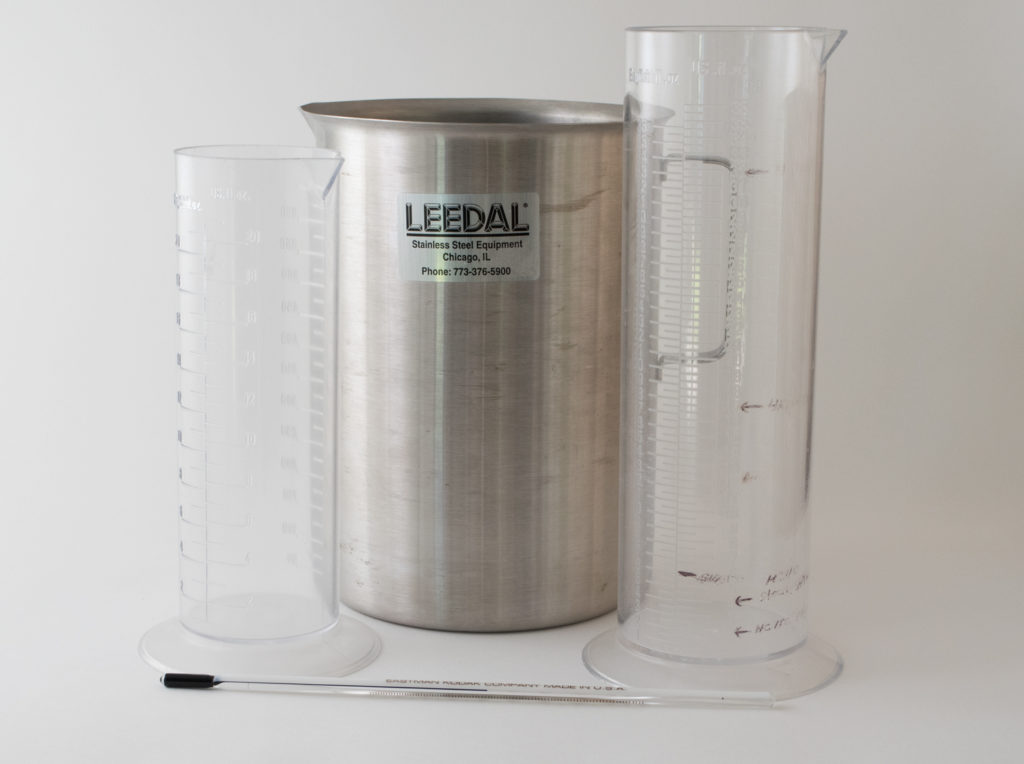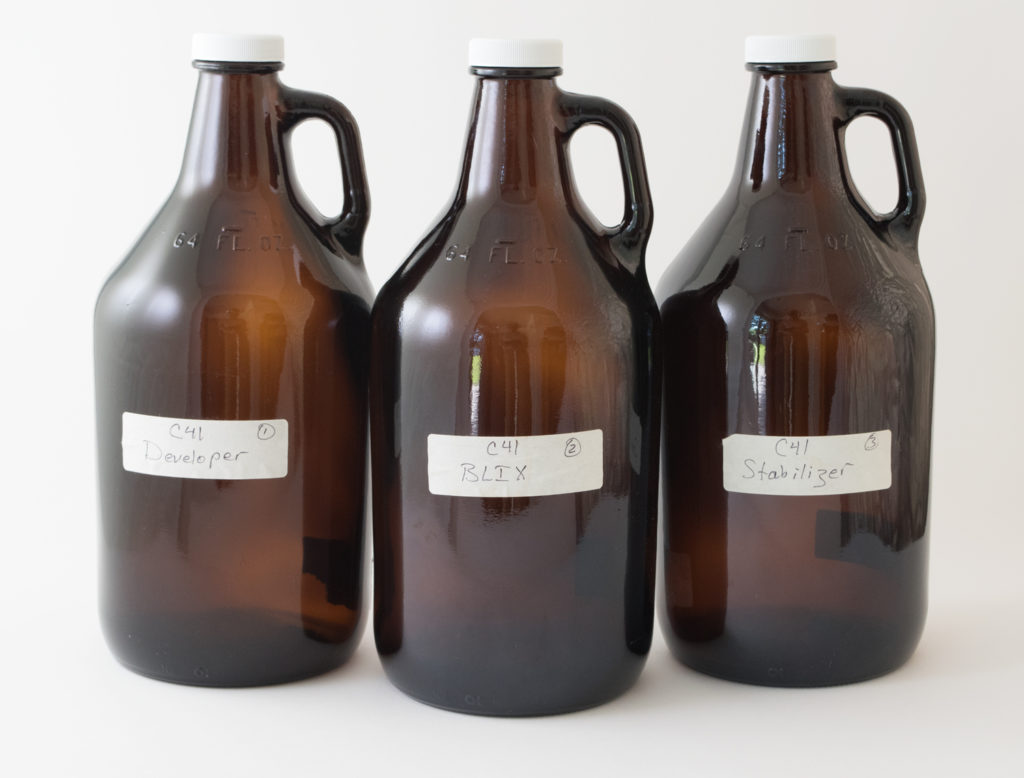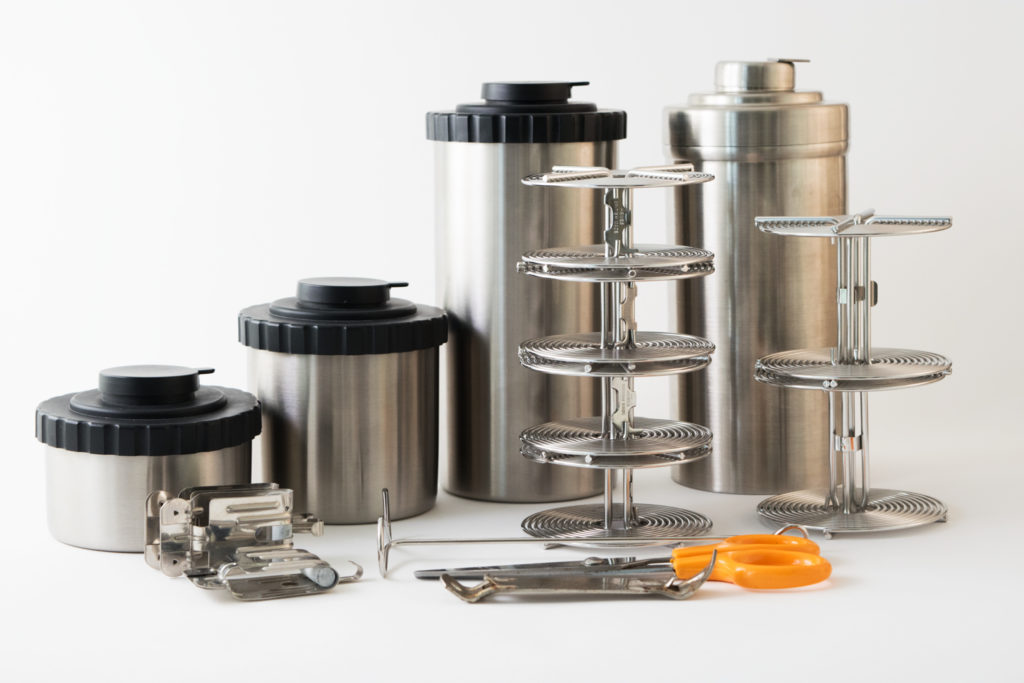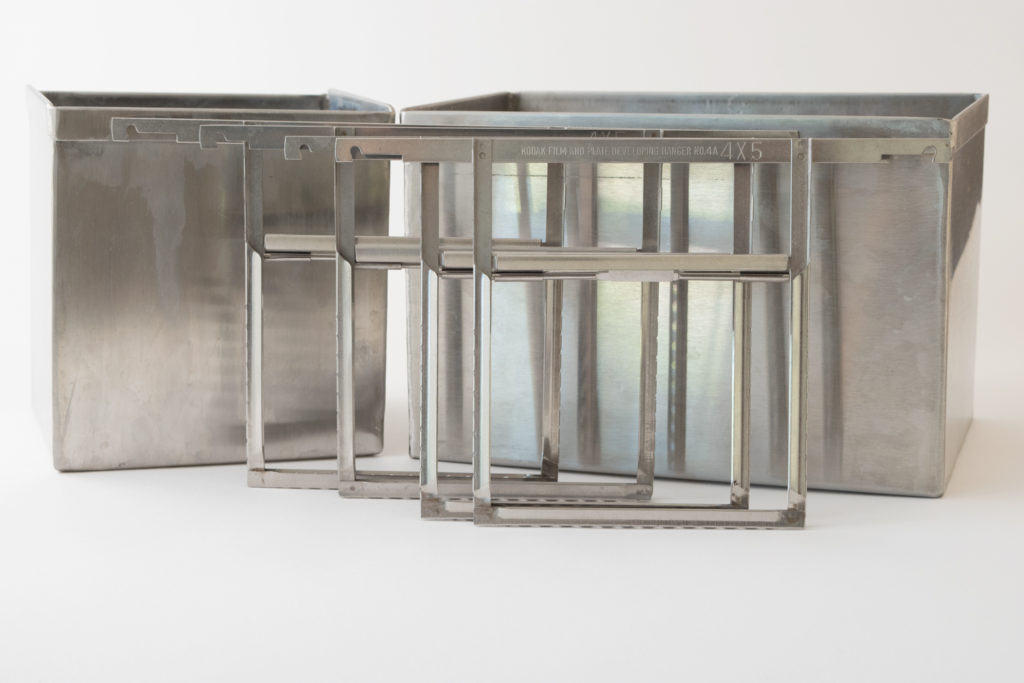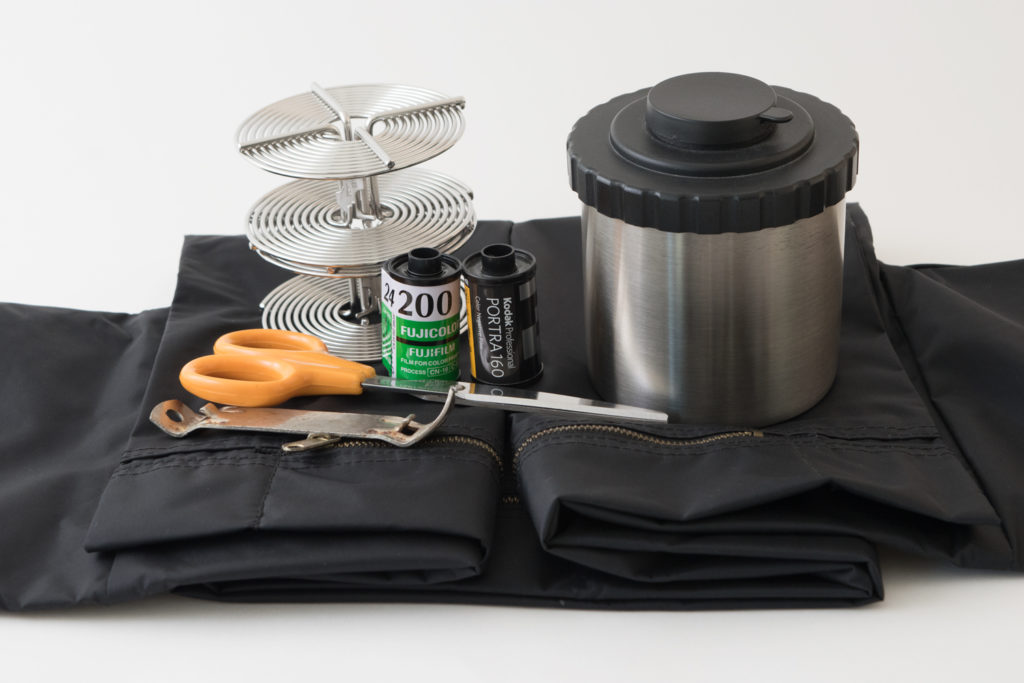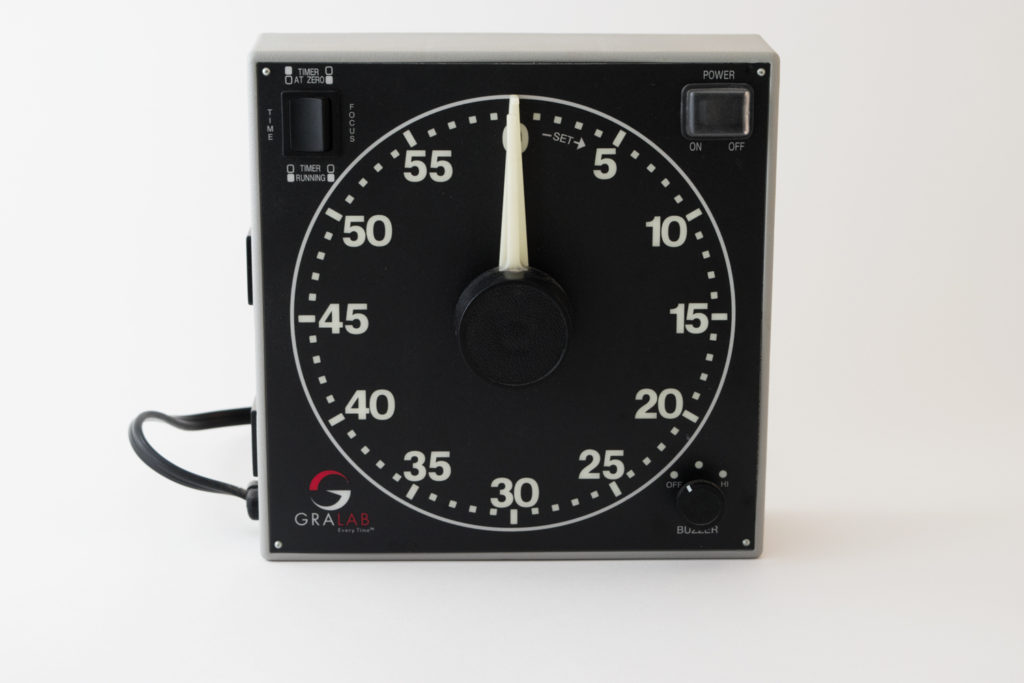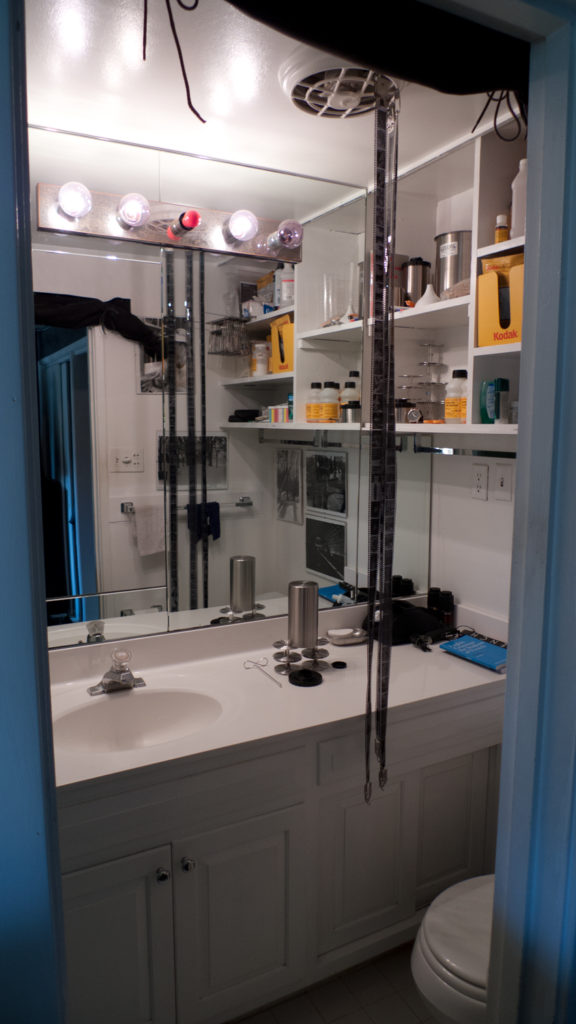OK, I admit it. I like to shoot film. I like everything about film: I like the way film smells when I open the canister, I like the way the chemicals smell during processing, I like the process of loading film into a camera, and I like the challenge of making every shot count when I have only 36 frames on a roll, but I especially enjoy opening the development tank after the final stage and inspecting a freshly processed roll of film. The anticipation is palpitating. I admit it: I…love…film!
My professional photographer friends think I’m crazy. “Drop film!” they advise, and they’re right, after all, they’re professionals who earn their living with their cameras. If time is money, and bills need payin’, then film slows them down, but that’s one of the reasons I like to shoot film: It forces me to slow down “…to stop and smell the film…” you could say, and although I do earn money with my photography, it is not my primary means of earning a living, so I am not pressed for time.
Of course I shoot digital. My workhorse camera for weddings and other events is the ever-faithful Nikon D3X.
The dynamic range on this instrument is impressive, but I like to augment it with a film camera for a different perspective. Consider the following two images taken of Liz early in the morning on her wedding day as she writes her vows.
The black and white image is taken with a Nikon F3HP with a 50mm f1.2 lens on Kodak Tri-X film. Critically and technically speaking, the negative was somewhat under exposed, which made it difficult to work with, but I found the image aesthetically pleasing, and so did Liz, and in the wedding photography business, if the bride is happy, I get paid.
Why do I like to shoot film? Here’s a list of the top ten reasons why I continue to pursue my passion for film photography and I hope that among them you will find one that prompts you to take up the cause as well.
Top Ten Reasons I Still Shoot Film
1. I’m a Nostalgic, Romantic Fool
I guess when I really think about it, I miss the “good ol’ days”. I came of age in the early ‘80s, when I purchased my first camera, so I learned how to shoot film from day one. Shooting film today, in the modern age of digital cameras with impressive imaging capabilities, takes me back in time to when I first fell in love, and when I first fell in love with photography as well.
Taking a photograph with a classic film camera evokes the same emotions as hearing a familiar song. The sounds of the camera provided a soundtrack for life, like the ratcheting of the film advance lever, the click of the aperture ring, the snap of the shutter, and the whir of the motor drive. These sounds remind me of yesterday, and I enjoy remembering yesterdays gone by.
2. It Offers a Different Perspective
The simple act of taking a photograph with any camera alters reality. The camera’s format constrains the image. The lens distorts the scene. The light striking either pixels or film is altered at the moment of impact. And processing further bends and twists reality. A digital camera will alter reality in one way, while a film camera will alter it in another. Taking a photograph with both a film and digital camera of the same scene, at the same moment, from the same spot will yield two different perceived realities in their respective final images.
Perspective can be changed not merely via film, but via the type of camera employed. Consider the following image of one of my favorite canine models, Teddy.
I made this image with a Twin-Lens-Reflex (TLR) camera, the venerable Yashica Mat 124G. It’s easy to get ground-level perspective with a TLR camera because you look down into the camera to frame the image vs. through the camera at eye-level like you do with a DSLR. The negative format is square vs. rectangular, so again, it’s a different perspective. Unless a digital camera offers a reticulating screen, it’s difficult to get ground-level perspective without laying flat on your stomach.
A change of aesthetics offers a powerful change of perspective, and different types of cameras yield different image aesthetics. For example, images captured with a Leica MP using a Noctilux f1.0 lens will be noticeably different than an image captured with a Nikon F3HP using a Nikkor 50mm f1.2 lens, all other variables being equal. Believe me, I can tell the difference. Not that one is any better than the other; merely that one is noticeably different than the other. They each bring a uniquely different perspective to an image.
3. I Like to Change Cameras Like I Change my Clothes
I have accumulated a fairly respectable collection of classic film cameras over the years, not a lot, for sure, but ones that matter most to me, or should I say, ones I find most interesting. These range from cameras I used when I first started my photographic journey, like my Nikon F3HP, to hand-me-downs like my mom’s Kodak Retina II C, to cameras used by photographers and artists I admired and wanted to try out. And I like to use them all, though I do have my favorites.
It’s fun to wake up and play “choose my weapon” – figuratively speaking mind you. “Shall I wield the mighty Pentax 67 or the tiny Contax T?” Either one is a great choice as far as I’m concerned. There are no losers; every camera is a winner.
4. Film Cameras are Easier to Operate
For the most part, film cameras are easier to operate, at least the ones I prefer to use. Some of my classic cameras have Aperture Priority or Shutter Priority modes, and a few have full auto or Programmed mode along with a handful of choices for metering modes, but for the most part, that’s it.
Pro-level DSLRs are packed with features and options buried deep within menu screens. Speaking for myself, whenever I pick up my Nikon D3X to shoot a gig, I must review all the settings I plan to use that day. I scan through the four shooting banks A, B, C, and D to try and figure out what in the world I was thinking when I set them, and make any necessary changes demanded by prevailing circumstances. I must ensure I’ve correctly set the ISO and Color Balance. I don’t want the camera making decisions for me that I haven’t specifically delegated. I must also review what functions I’ve assigned to different buttons. Back button focus is a prime example.
On the other hand, the toughest choice I make when I pick up a film camera is deciding on what type of film to use. The limitations are obvious, of course. Selecting film is a fatalistic decision is some regards; It’s very tricky to change your mind once you’ve committed to, say, Tri-X 400, when the light turns out to be too bright, or you really want to capture those wonderful colors.
I’m not saying for a moment that it’s easier to make a technically great image with a film camera. That requires skill, artistry, and finesse, something I’ll address in greater detail later. No, I’m talking about controls here. I never need to reacquaint myself with the controls on my Nikon F3HP, or my Contax T, or my Yashica Mat 124G. I know where everything is and what everything does. I know them intimately, like one knows the reassuring feel of a lover’s body in the dark of the night.
The ease of use, the familiarity, it all translates into being able to let go and focus on the scene before you, and not worry about the camera.
5. High-Tech Isn’t Always Best-Tech
When the sun is too bright it’s hard to see the screen on the back of a digital camera, making it virtually impossible to chimp. I don’t have that temptation with a film camera. No screen – no chimping. But a hard-to-read screen is the least of my concerns here. I’m thinking more along the lines of extreme conditions.
I’ve never had a film camera overheat on a hot August day, the Leica M3, Leica MP, and my Nikon FMs are all completely mechanical instruments. Some have batteries that power light meters, but that’s all they power. As a rule, I roll without batteries in these cameras anyway.
The Nikon F3HP uses batteries for everything, but like a Cadillac, if they do fail, it has a mechanical limp home mode that lets me trip the shutter at 1/60th second.
Come to think if it, I’ve never had auto focus fail on a manual focus camera. Ummmm, nope, nothing comes to mind. And in many instances, I prefer manual focus. Take street photography as an example. Ever shoot street with a compact auto-focus camera? It perhaps can be done, but auto focus and street photography are not happy bed fellows, at least not the way I like to shoot street.
For quiet operation, you can’t beat the Leica film cameras like the M3, M7, and MP, or the Contax T. That’s why I like to use them to shoot events that require the upmost discretion. The reason they’re so quiet is because they are rangefinder cameras, not single-lens-reflex (SLR) cameras. They don’t have mirrors that must move quickly out of the way with a loud “thwap”!
6. It Allows Me to Focus on the Basics
Fundamentally, shooting film with a film camera in manual mode allows me to focus on essential image making. I must consider the scene and the play of light within the scene. After all, photography is all about the light. I must then determine the appropriate exposure. This is not simply a mathematical equation. It requires some sense of where you want to go image wise. Think Ansel Adams and visualization.
To take this one step further, I like to go completely mechanical and forego even an exposure meter. This forces me to review the exposure rule-of-thumb or the “Sunny 16” rule that sets a base exposure in bright sunlight at f16 at a shutter speed of 1/film speed. This base exposure provides a point of departure from which you can obtain a good exposure with a little thought and consideration. Throw in some bracketing for good measure and you’re good to go.
The benefits of exercising these back-to-basic skills are many, but mainly they instill confidence. Automatic exposure systems are easily fooled. Knowing how to interpret a scene’s lighting and how to override a digital camera’s automatic exposure mode can really save the day and offer new creative paths.
7. Digital Workflow Makes Film Fun
Computer image processing technology has revitalized the film industry. I enjoy shooting film more because I can employ a digital workflow. Let me explain.
When I shoot film, I use a hybrid approach: I develop the negatives, either color or black and white, using traditional methods which include measuring and mixing chemicals and developing using wet processes. In this way I can experience my favorite aspect of film development – the moment I first lay my eyes on a fresh set of wet negatives.
When the negatives dry I scan them into the computer. My scanner of choice is a Nikon Super CoolScan 9000 with which I can scan film up to 70mm (120/220) which is the size of film used in the Yashica Mat 124G. For larger negatives up to 4 x 5″, which is the largest I shoot, I use an Epson Perfection V750 Pro flat bed scanner. From this point forward the workflow is the same as if I had shot with a digital camera.
Once the negatives are scanned I use Lightroom to organize and categorize the images, apply metadata to help catalog the images, and apply standardized processing presets when necessary. I could do more processing in Lightroom but I prefer Photoshop for heavy lifting.
If I print an image I use an Epson Stylus Pro 7900 large format printer. I must print images at least once a month to keep the ink jets unclogged.
Bottom line, I shoot more film because I geared up to process digital images. I believe it offers me the best of both worlds.
8. I Enjoy the Challenge
I gain a lot of personal satisfaction when I’ve done a good job at something that’s rather difficult to do. Given the number of variables at play from the moment I snap the shutter and the latent image forms on the film to when the negatives emerge from the tank, I consider it something of a miracle when an image turns out the way I’d hoped. Sometimes I screw things up, I am human, after all. When this happens it’s usually because I rushed. Why am I rushing? After all, isn’t one of the reasons I’m shooting film is to slow down?
If you come to film photography from a purely digital background, you will find it challenging. You’ll have to solve problems like what type of film to use, where to buy it, and where and how to process it. I don’t believe you’ll discover the real joy of film photography unless you chose to process your negatives yourself, but this requires no small investment in specialized chemicals and equipment, not to mention you need some place to do the processing. More on this later.
In the end, I find the challenge presented by film photography adds to my enjoyment of film photography.
9. I Enjoy the Process
I particularly enjoy the process of film photography, from camera and film selection to developing negatives. Here I’d like to share with you some of the equipment and tools I use to develop film.
First, why do I bother going through all this trouble to develop my own film? Because I get the best results when I develop my own film. Unless you send your film out for processing to a professional lab, of which there are fewer today, you’ll be largely disappointed with the results.
When I’ve shot a roll of film I sometimes develop it right away but more likely than not I’ll wait a few months before I accumulate enough rolls of exposed film to warrant the effort. In the meantime, I use a lead lined film storage bag in which I store the exposed film. Notice in the picture below I’ve made notes on the film canisters about details of the contents. I also record these details in my development journal, which I’ve written about in a separate article. How To Improve Your Practice Through Journaling
Depending on the type of film you shoot, either black & white or color (C41 or E6), you’ll need to purchase some chemicals.
My preferred black and white film developer is Kodak’s HC-110. I use Kodak Fixer, Hypo Clear, and Photo-Flo. If this is all very confusing to you it helps to acquire some reference material. Film manufacturers offer data sheets on their products and Kodak produced a wonder little book called the Black and White Darkroom Data Guide, which you might possibly find at a yard sale or on EBay. Well, I just checked, and you can still buy these on Amazon, too. I’d go used or download the .pdf version.
You’ll need tanks and beakers to mix the chemicals plus jugs to store them. B&H Photo sells stainless steel measured pitchers that will allow you to mix a gallon of chemicals at a time.
I use brown plastic jugs for storing black and white chemicals and brown glass jugs to store color chemicals
When it comes time to actually process the film, you’ll need tanks and reels in various sizes depending on the size of film you want to develop and a few other doo-dads, like film hanger clips, scissors, and a can opener to open 35mm film canisters. You’ll also need a good thermometer. Knowing the exact temperature of the chemicals and water is crucial to good results. I use a Kodak thermometer. It’s long and the numbers are magnified for easy reading.
My preferred 35mm film development reel is made by Hewes. B&H Photo sells them. Get the ones with the teeth, not the spring. It’s easier to load film onto them, especially for beginners, well, especially for everybody.
If you plan to shoot large format film like 4 x 5, you’ll need hangers and rectangular open-topped tanks.
You don’t need a dedicated darkroom to process 35mm film, but you do need a dark place to load the film onto the reels, and the best way to do this is with a dark bag.
Items you’ll need inside the dark bag include the film, reels, tank, can opener, and scissors. It takes practice to get the hang of working in a dark bag, but it soon becomes second nature. I’d be lost without one.
For large format film, you’ll need a real dark room. That is, you’ll be processing the film sheets in the open air, so during development the lights will need to be completely blacked out until you’re halfway through the fixer stage. (Just to be sure, I keep the lights out until I’m completely done with the fixer stage!) If you don’t have access to a dedicated dark room, you can block light leaks in a small bathroom and obtain the same, amazing results.
Next you’ll need a reliable timer, and I use a GraLab timer mounted to the wall of my makeshift bathroom darkroom. You could use a watch, and I use one as a secondary timer, but the GraLab timer is really simple to use and has a nice, loud alarm.
This is a picture of my darkroom in action:
Well, that’s about it for reason 9, and trust me, it’s worth the effort.
10. Because I Enjoy Shooting Film
Lastly, I just like shooting film, and doing something simply because you like to do it is reason enough for doing it.
11. Retro is Cool!
Oh, one more thing. It seems we are living in times where all things retro are cool again. Those who’ve only used digital cameras are discovering film for the very first time. Classic film cameras sell like hotcakes on EBay and certain ones, like the Plaubel Makina 67, just keep going up in price. As I write this, a brand new collectors quality Nikon F3T is listed for $1,700, though that may be a bit overpriced.
There are websites dedicated to film photography. Here are a few: The Film Photography Project, Film’s Not Dead!, I Still Shoot Film, and 49 Film Photography Blogs Worth Following
Please Share Your Film Story
I hope you’ve enjoyed this article. If you share my enthusiasm for film photography I’d like to hear from you. This is my cry into the dark. I know you’re out there. I’d like to share your images and your stories with my readers. They’d like to hear about your work as well.
